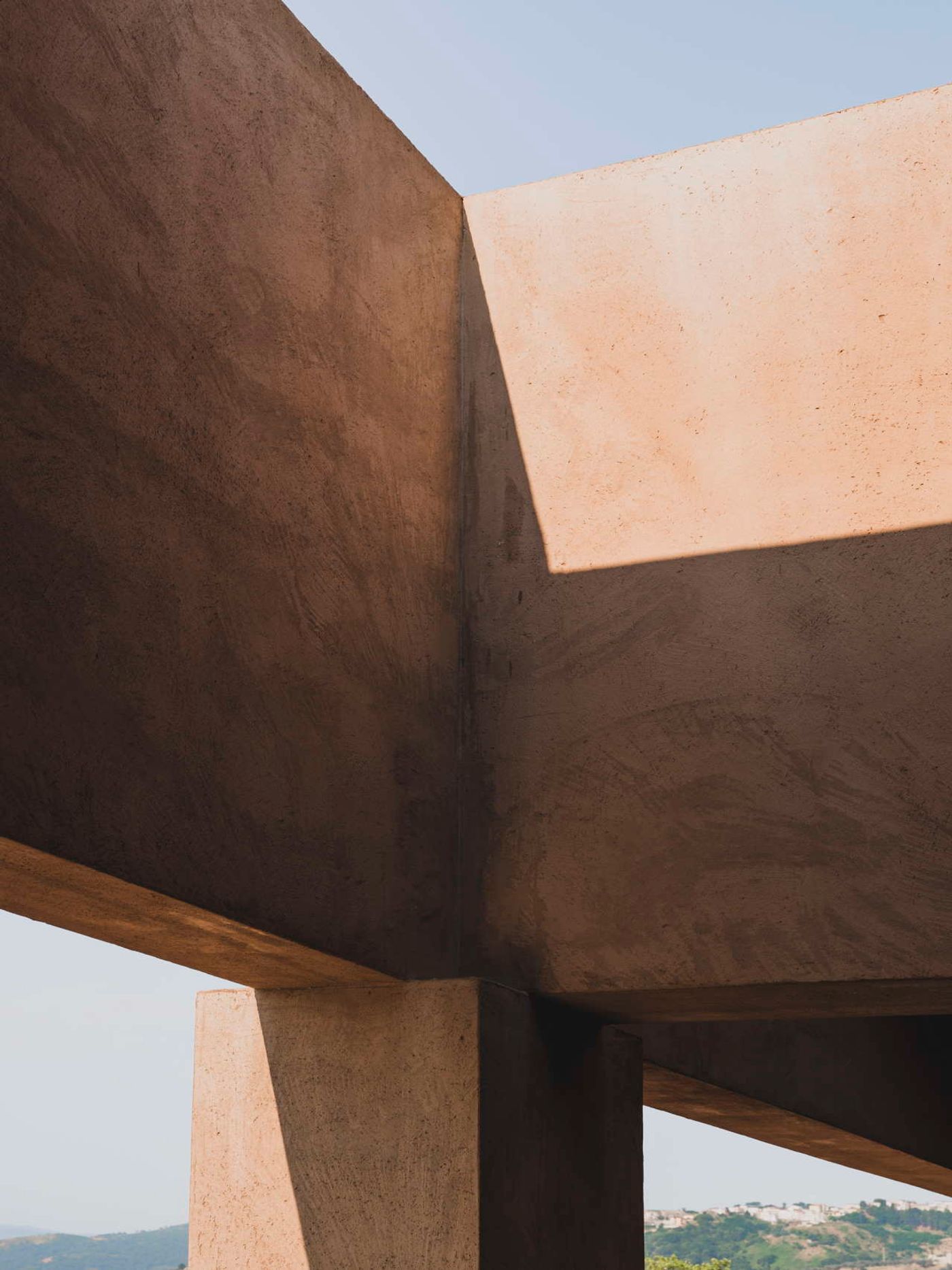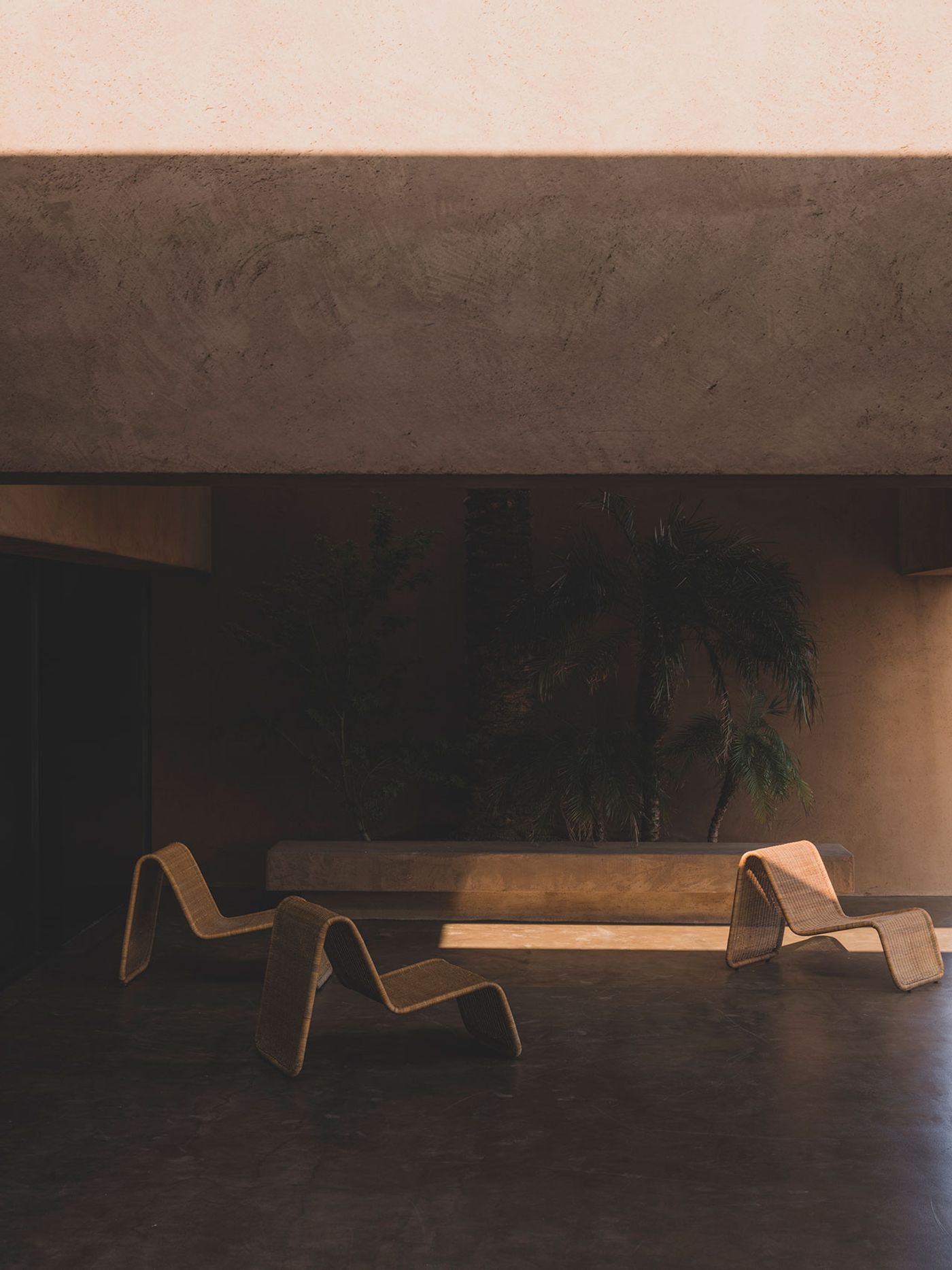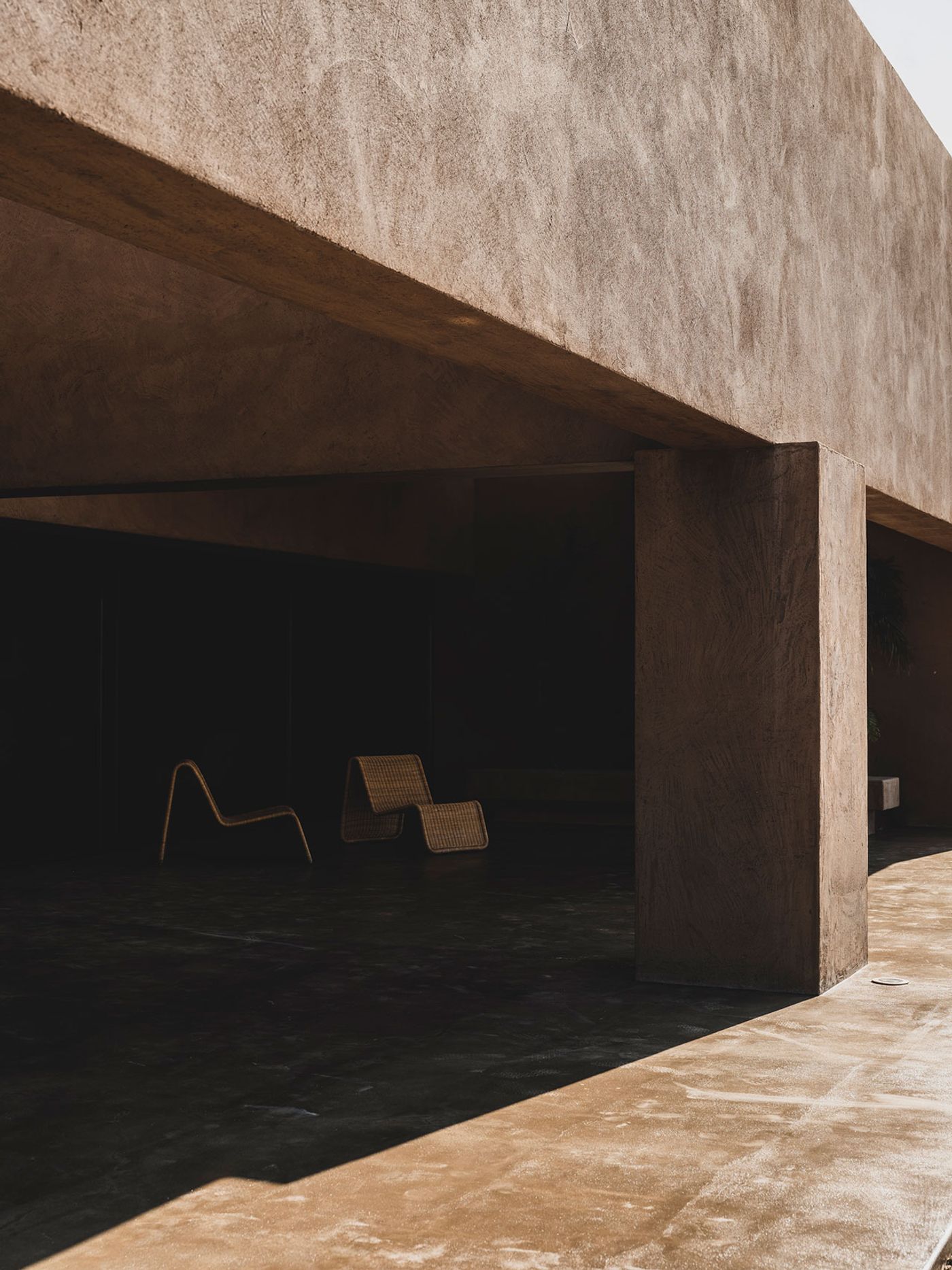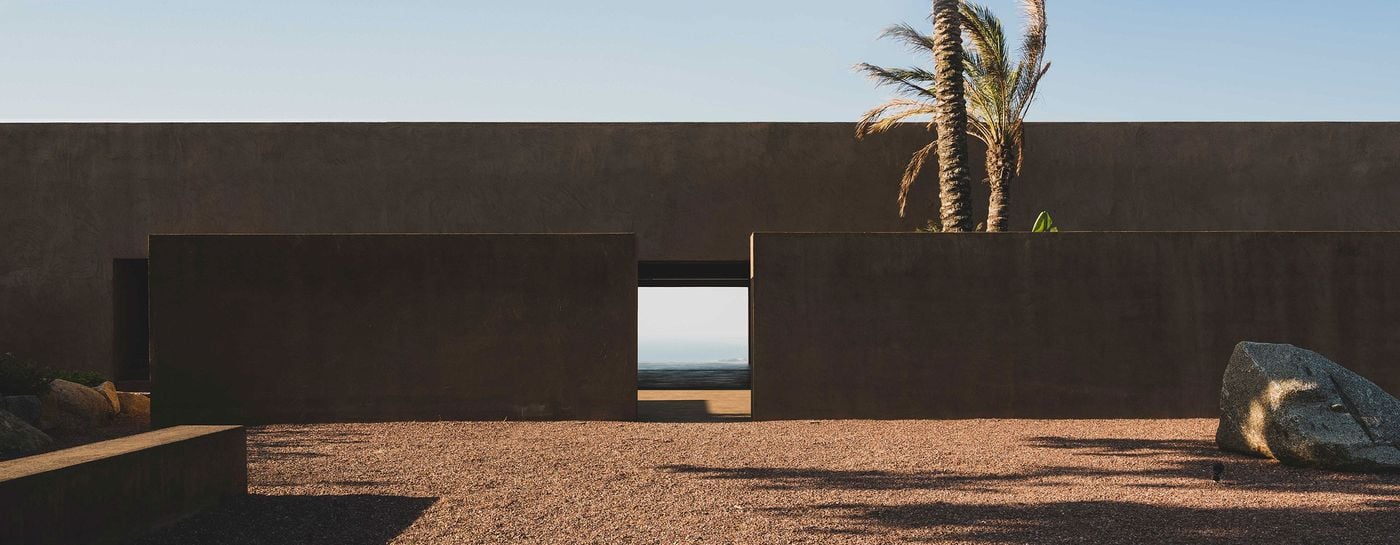
A Minimalist Retreat in Calabria Harmoniously Blends into the Mediterranean Landscape
Words by Yatzer
Location
Calabria,Italy
A Minimalist Retreat in Calabria Harmoniously Blends into the Mediterranean Landscape
Words by Yatzer
Calabria,Italy
Calabria,Italy
Location
Overlooking the Gulf of Squillace at the tip of the Italian boot-shaped peninsula, Villa RA was conceived by Italian architecture studio MORQ as a summer retreat in intimate communion with Calabria’s Mediterranean landscape that it unassumingly inhabits. Cubist in volume and earthy in texture, the low-slung, compact structure walks a fine line between enclosure and openness, modernist and vernacular architecture, drawing - in equal measure - from the design of traditional Italian villas and the materiality of the owners’ ancestral land. Perched on a ridge 300 metres above sea level, the villa enjoys panoramic views of the Ionian Sea stretching southwards as well as dramatic views of rolling mountains and wild grasslands which make up a scenic setting of untamed beauty, strategically framed by a series of openings that firmly anchor the minimalist interiors with the Calabrian terrain.
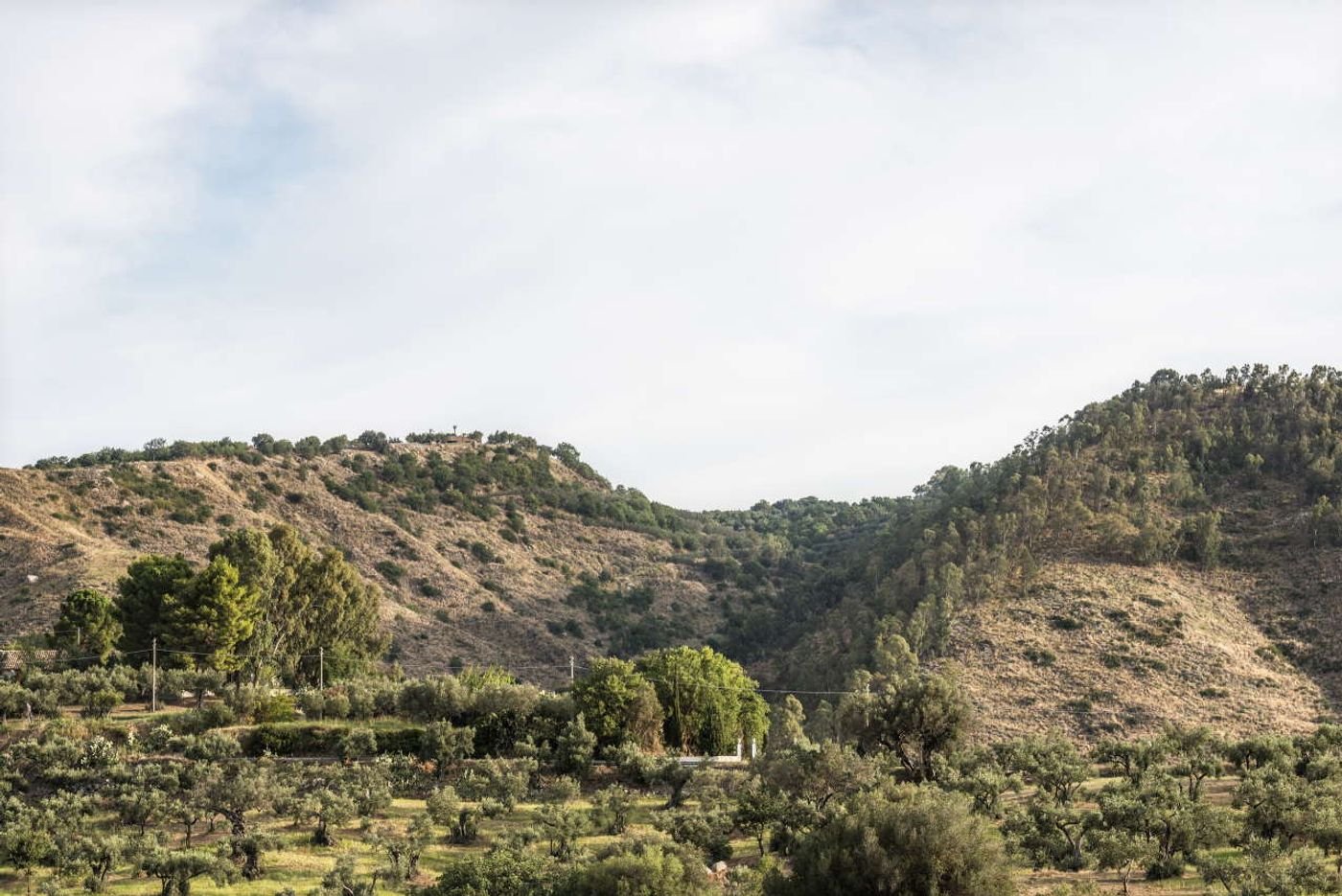
Photo © Pep Sau.
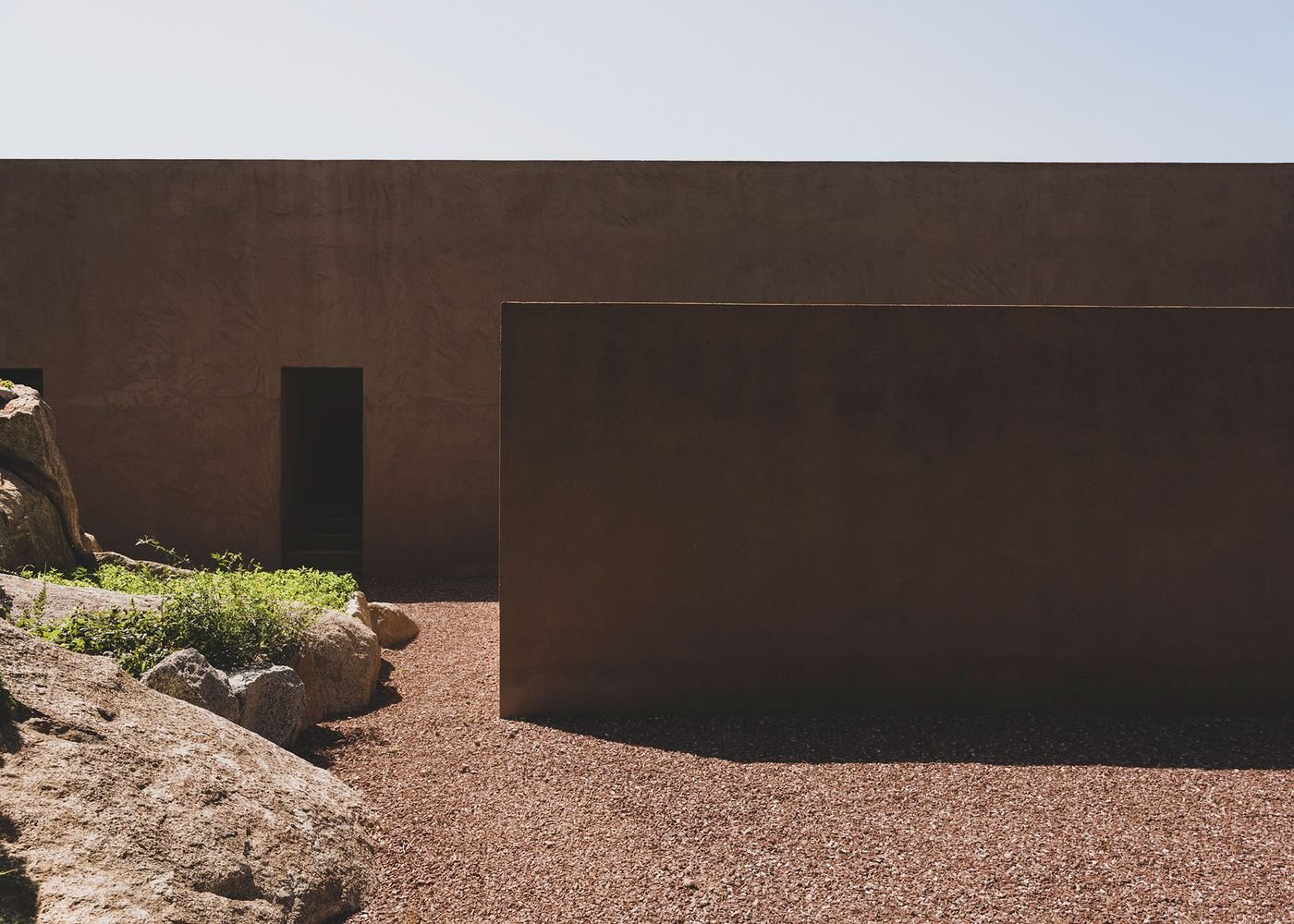
Photo © Givlio Aristide.
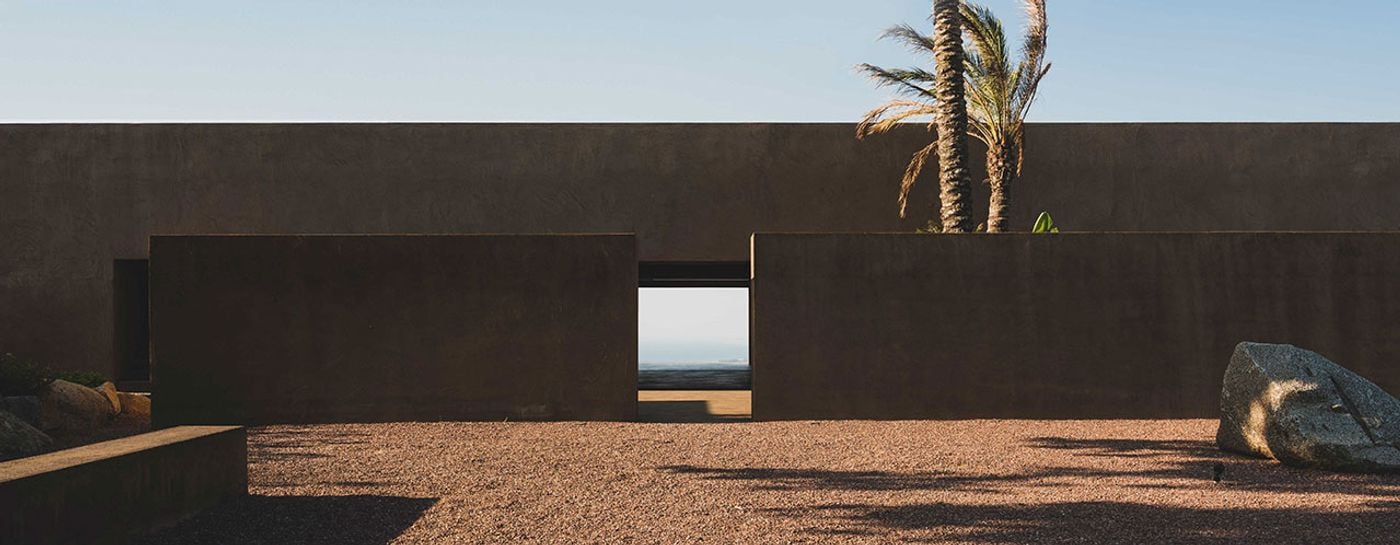
Photo © Givlio Aristide.

Photo © Givlio Aristide.

Photo © Givlio Aristide.
What makes the boxy building mass such an integral part of the surrounding landscape is its unique monochromatic appearance. Rendered in 'Cocciopesto' both externally and internally, a type of plaster resembling soil whose unique colour took rigorous sampling and numerous trials to pin down, the house is imbued with an earthy patina that ensures visual and tactile continuity between landscape and architecture. The boundaries between what is natural and what has been built become even more blurred by a perimeter zone of crushed local stones that bleed into to the surrounding granite boulders, oak trees, indigenous scrubs and prickly pear cactuses.
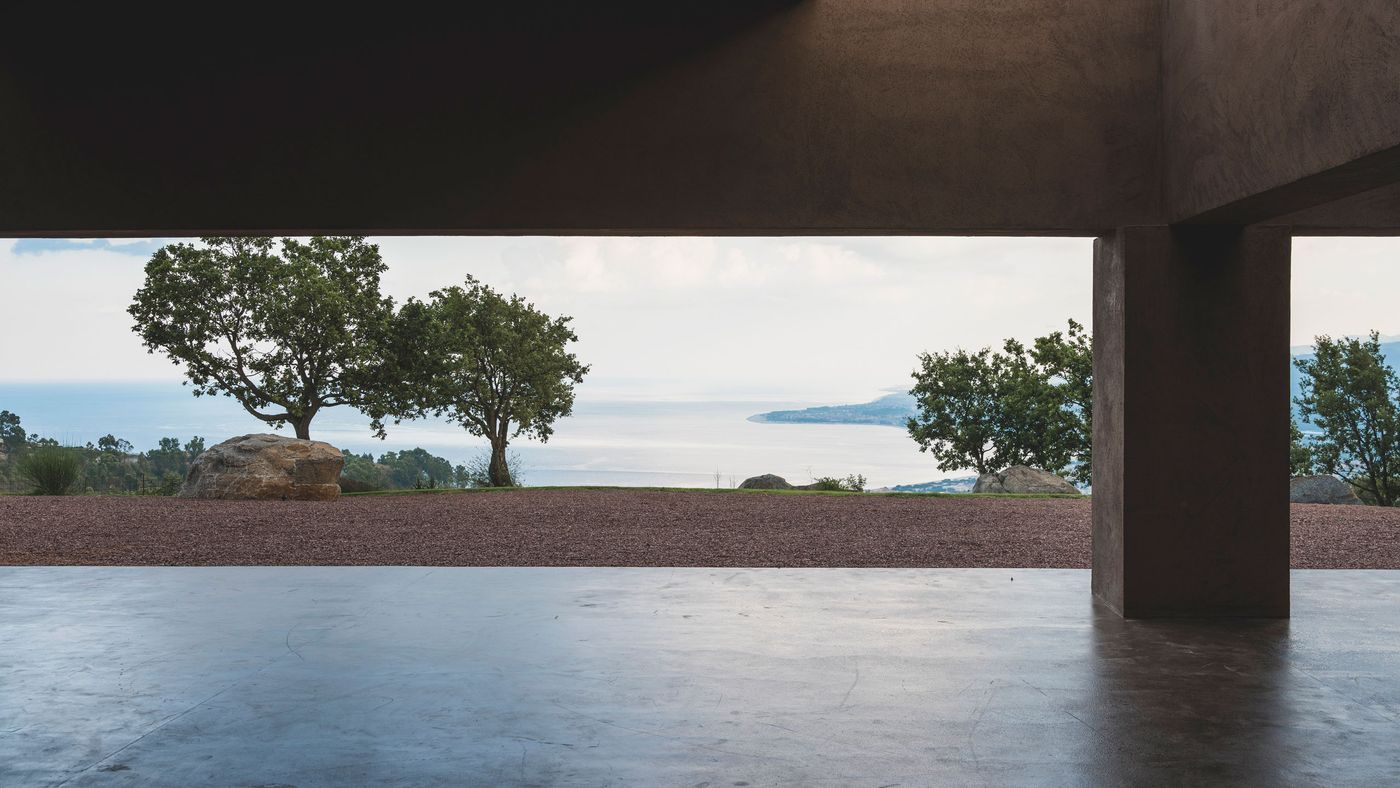
Photo © Givlio Aristide.
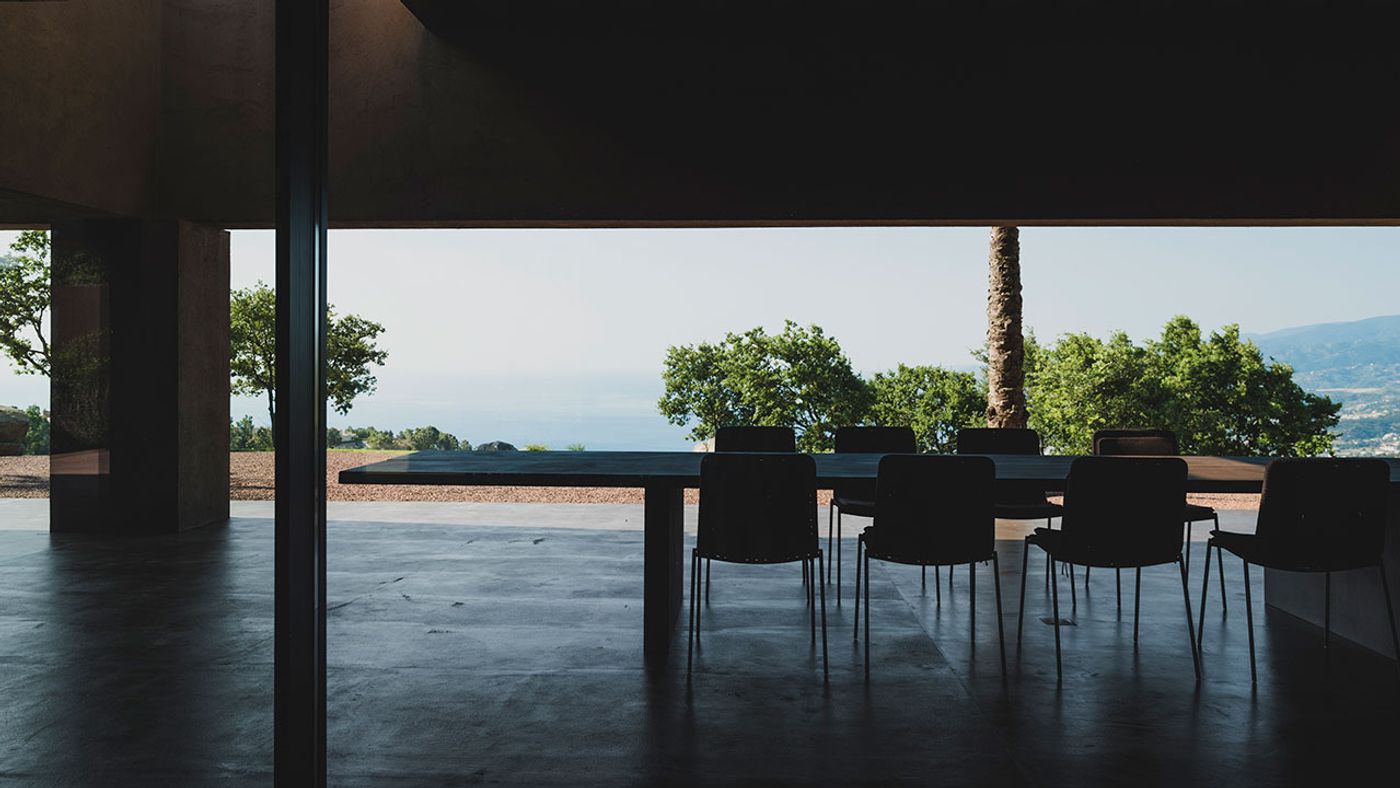
Photo © Givlio Aristide.
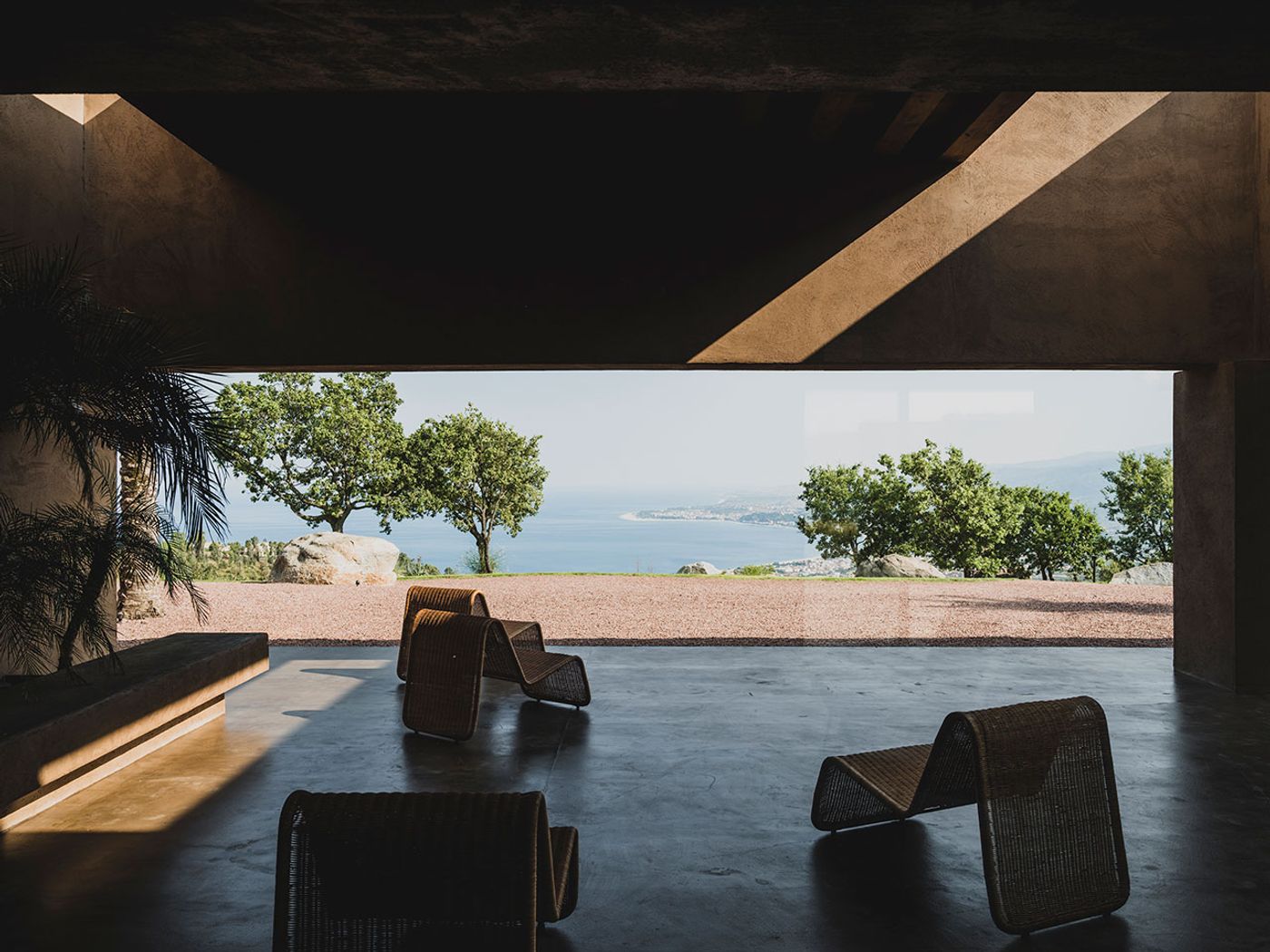
Photo © Givlio Aristide.
Although the house is designed for a couple, the brief called for spacious interior and exterior living areas that can host large social gatherings and a large kitchen where the owners can cook for friends and family. The spatial composition that grew out of these programmatic requirements also encapsulates a desire to establish visual continuity between the architecture and the landscape.
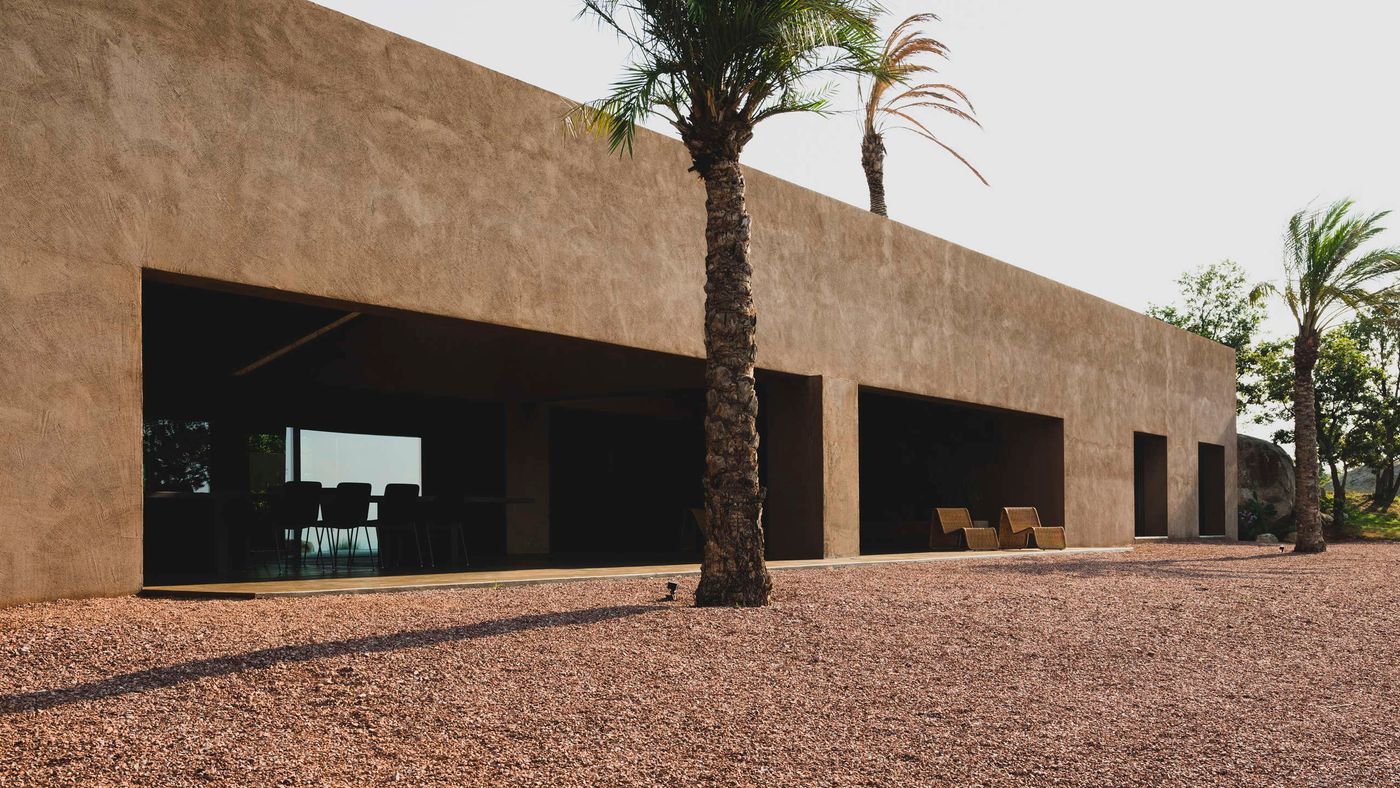
Photo © Givlio Aristide.
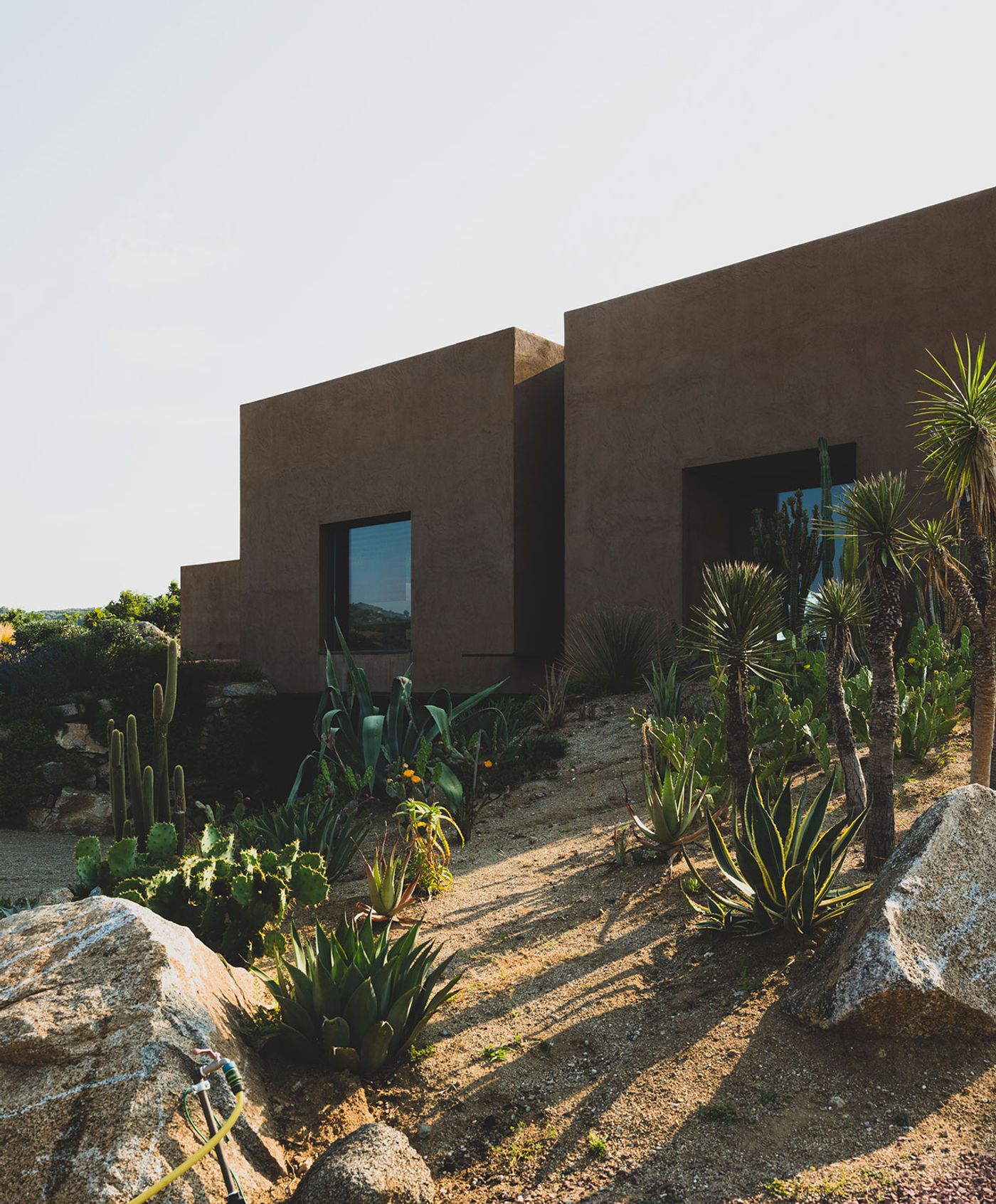
Photo © Givlio Aristide.
Organized along a north-south axis, the villa unfolds in three sequential gestures that gradually open up to the sea. As you approach from the north, you step into a walled patio, protected from the strong north winds that blow through the area by a 600mm wall. Marked by a couple of exceedingly high Date Palm trees, the entrance patio leads onto the main living area which in turn gives way to a covered terrace. Blurring the distinction between indoors and outdoors, the terrace is fashioned out of the portico, a typical feature of Italian villas, featuring two wide, floor-to-ceiling openings and two linear skylights, acting as a permeable threshold between the living area and the landscape outside.
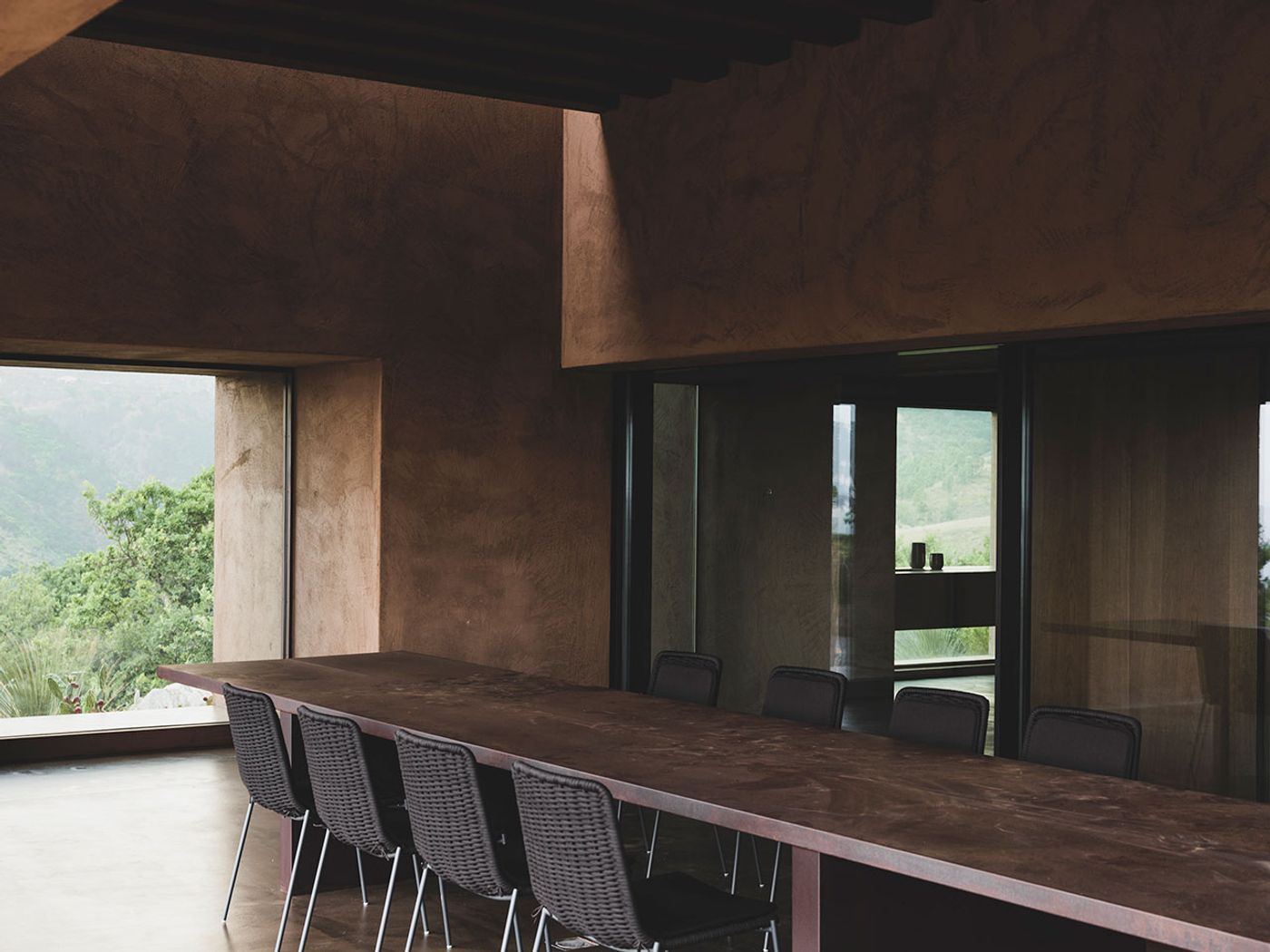
Photo © Givlio Aristide.
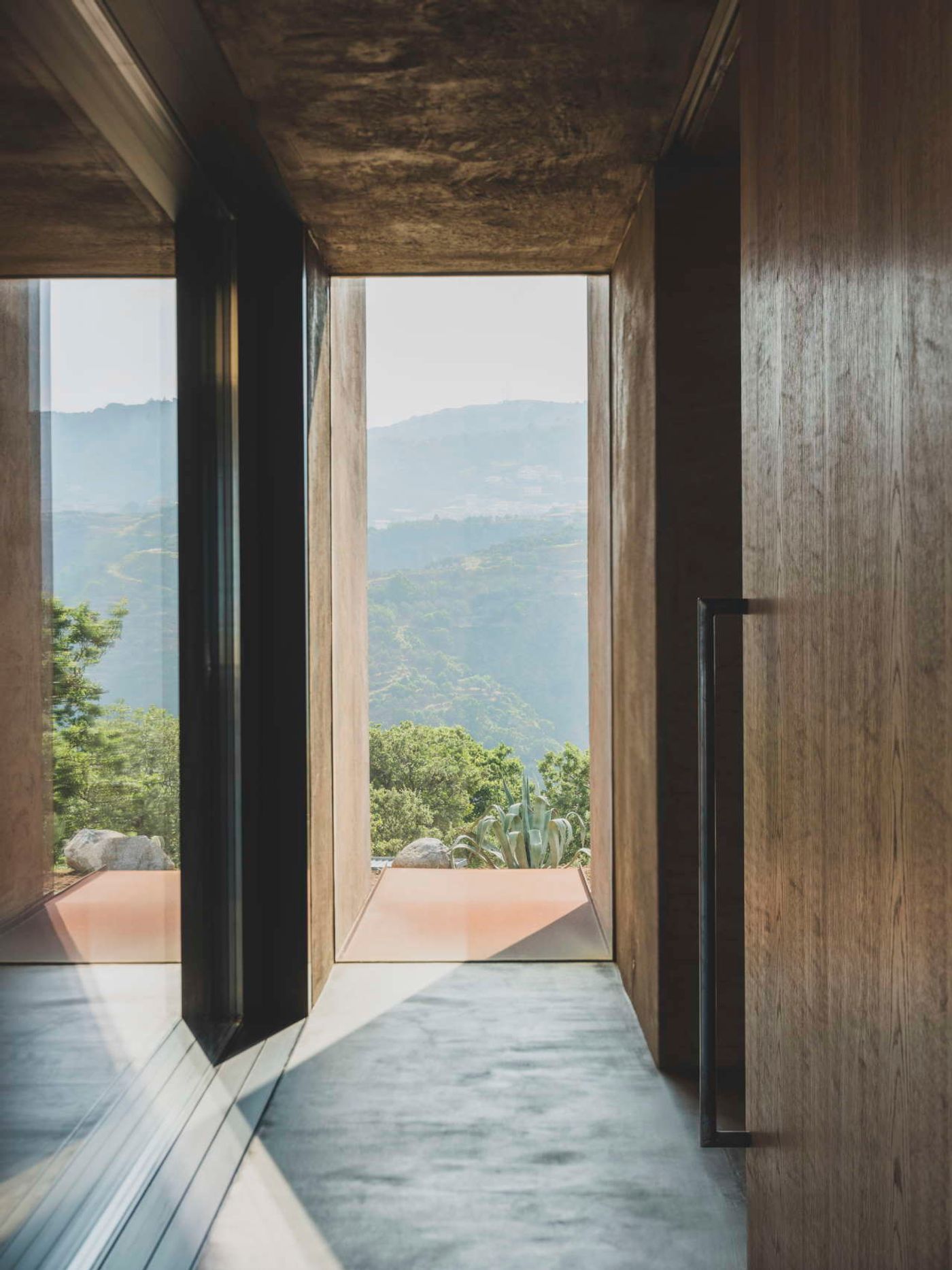
Photo © Givlio Aristide.
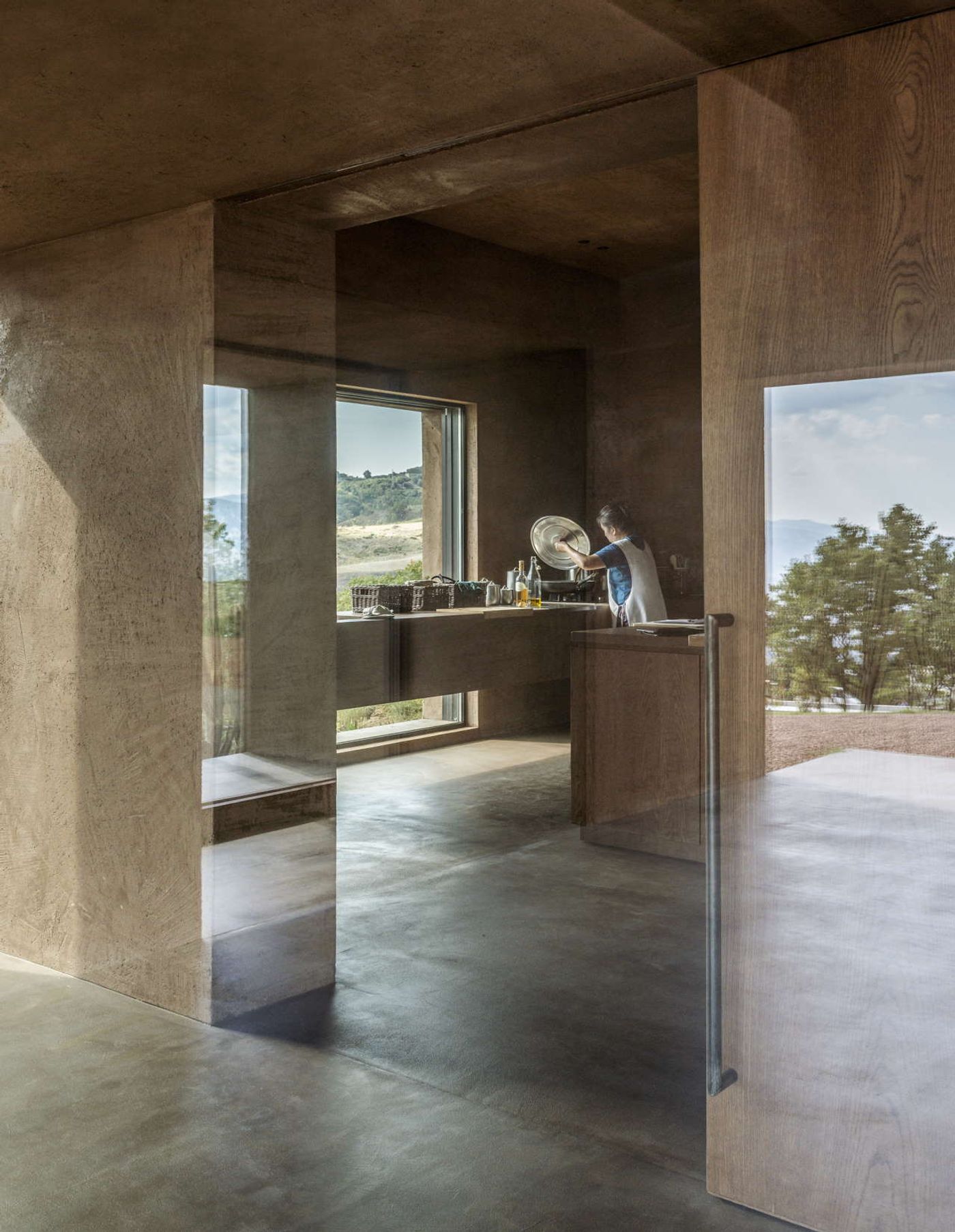
Photo © Pep Sau.
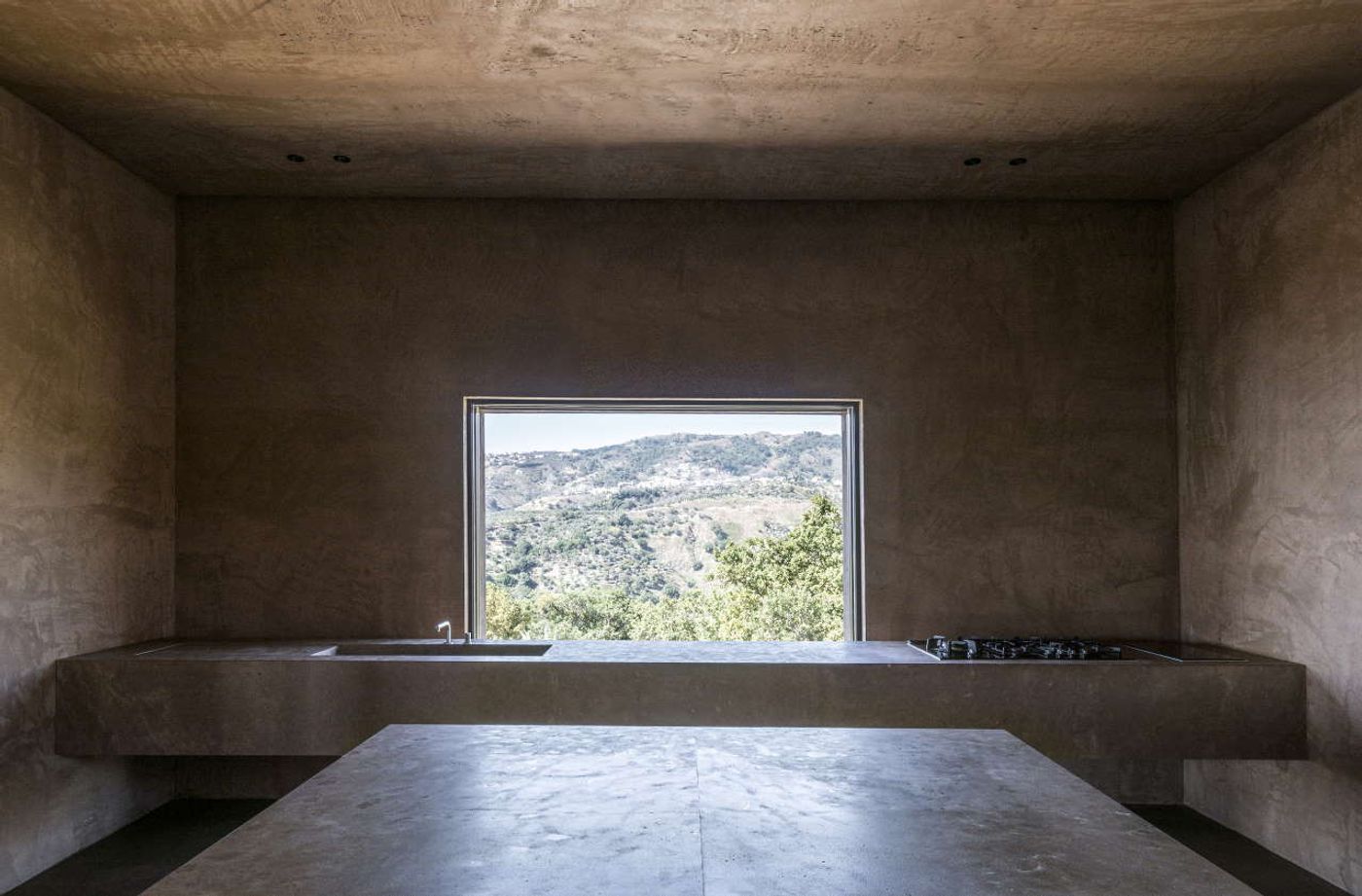
Photo © Pep Sau.
A different kind of delineation is defined by the east-west axis which progresses from the public areas to the private quarters. At the intersection of both axes, the living room is undoubtedly the heart of the house, its protected position insulating it more than any other part of the property from the heat and sun of the summer. That’s not to say that the rest of the spaces are left unprotected; the extremely thick walls absorb excess heat while the configuration of the numerous openings cool down the interiors through cross ventilation.
Underpinned by an austere, minimalist décor and a limited palette of natural materials such as timber and stone, the interior design echoes the landscape’s rugged character and coarse texture. Peppered with strategically framed views that imbue each room with a unique perspective, the house unfolds as a series of lookouts that revel in the Mediterranean splendour of Calabria.
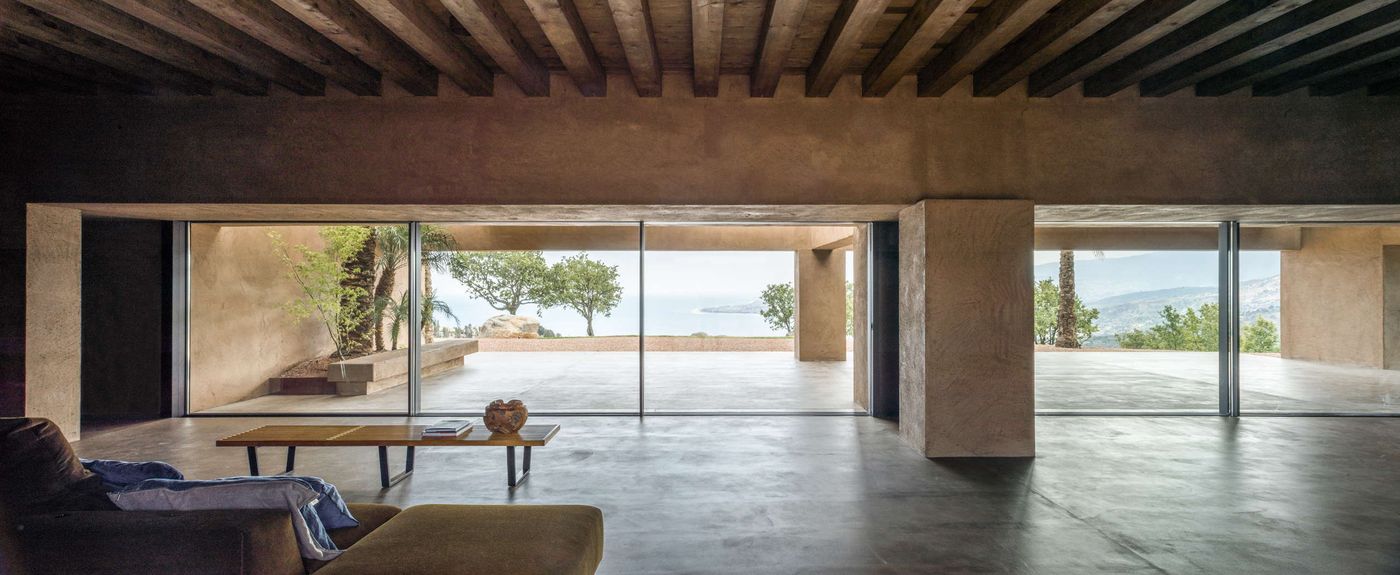
Photo © Pep Sau.

Photo © Pep Sau.
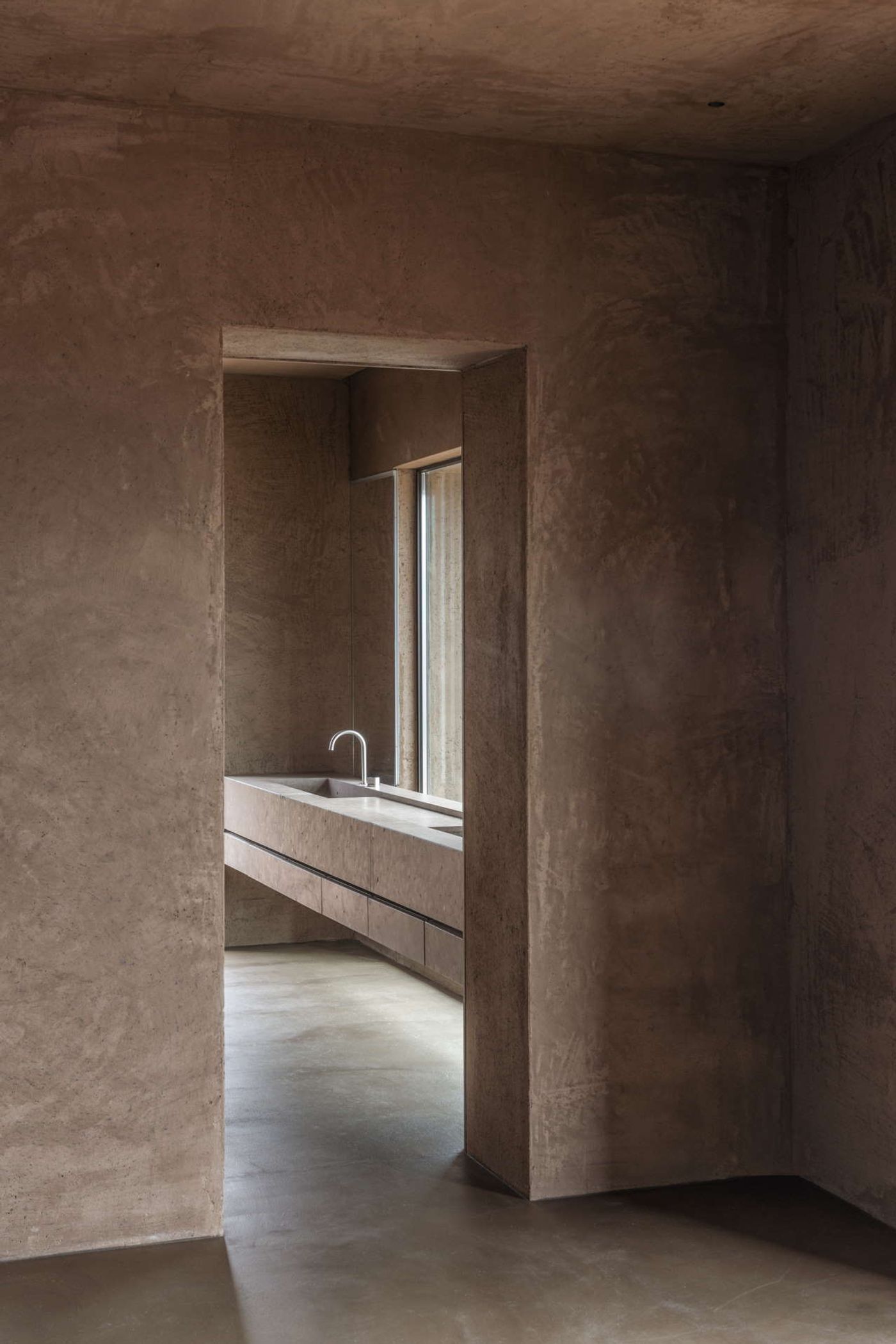
Photo © Pep Sau.
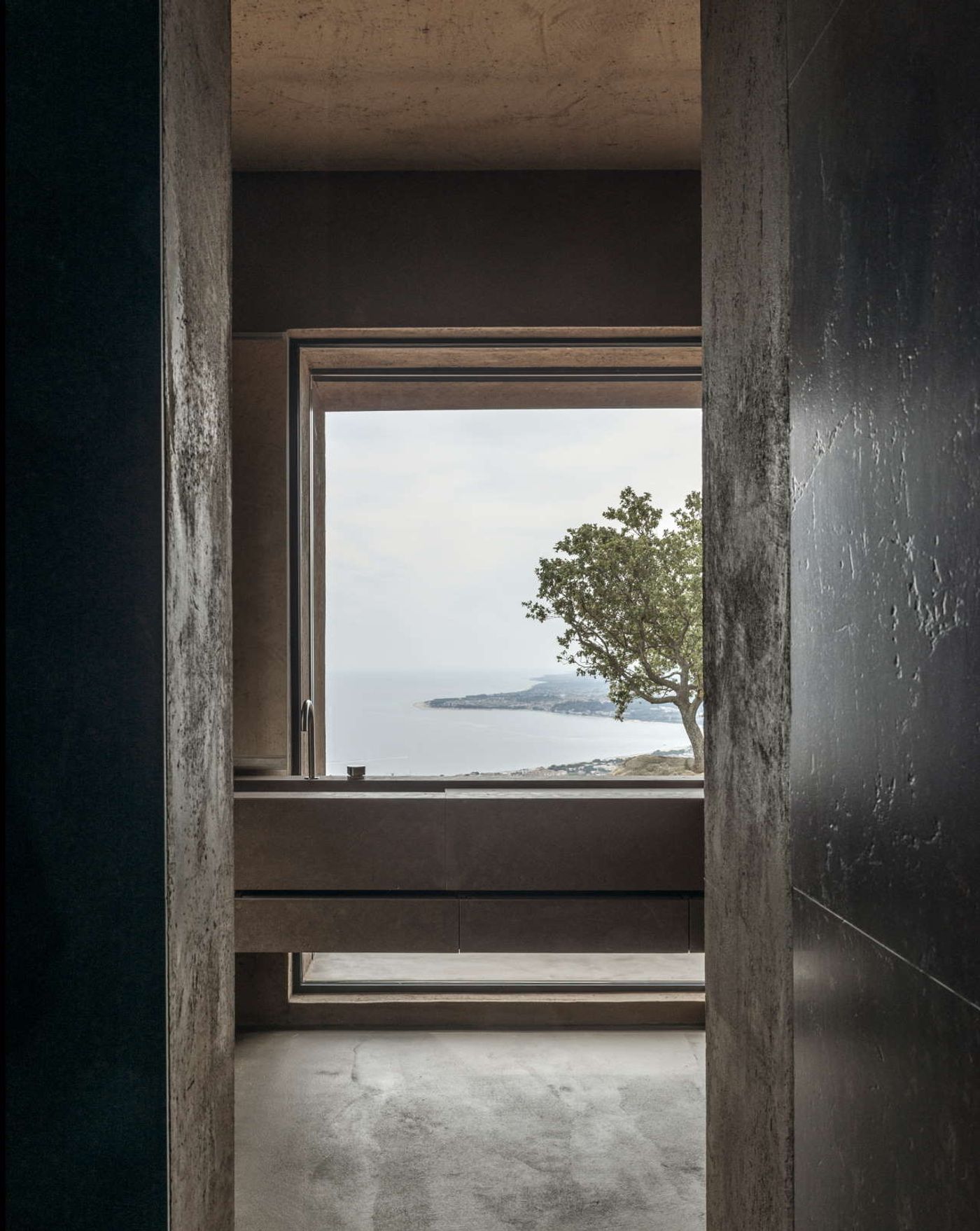
Photo © Pep Sau.
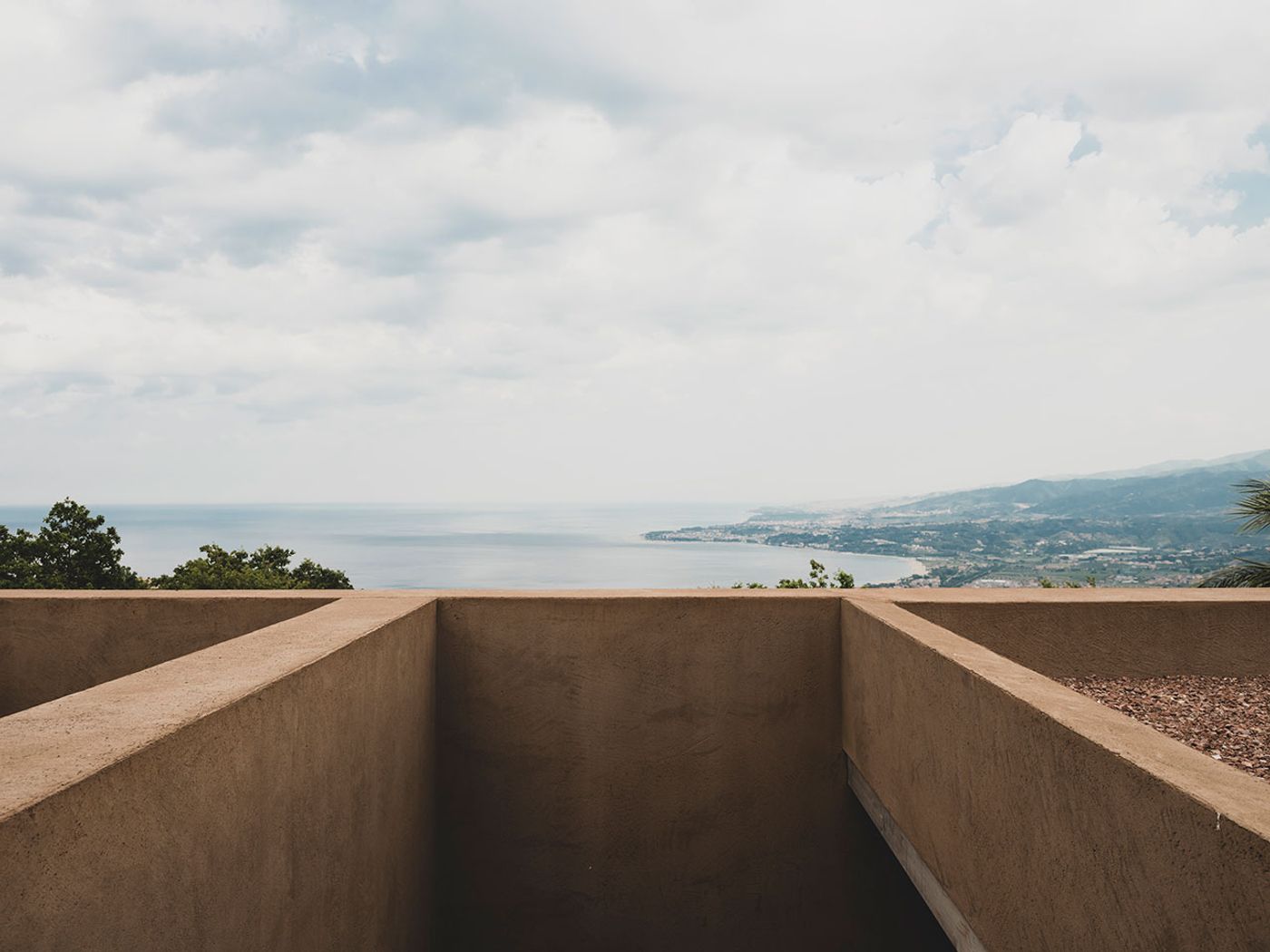
Photo © Givlio Aristide.
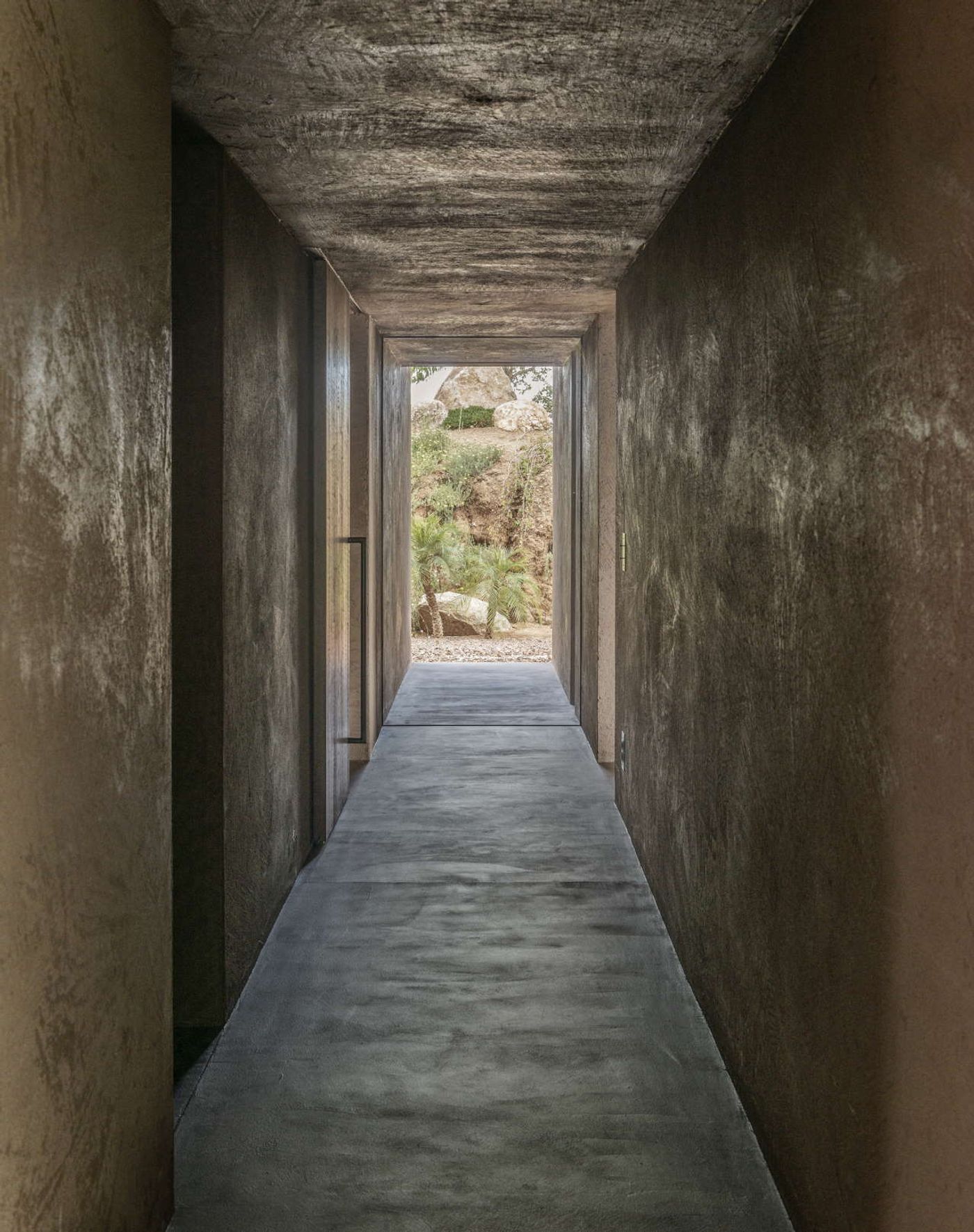
Photo © Pep Sau.

Photo © Givlio Aristide.

Photo © Givlio Aristide.
